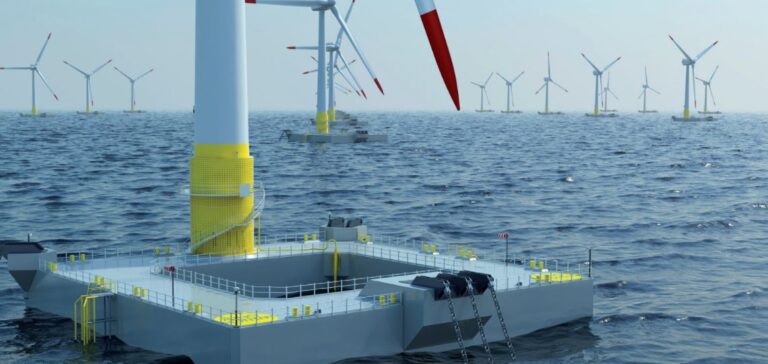The Barium Bay floating wind project, developed by Germany’s Galileo Green Energy GmbH and Italy’s Hope Group, has received environmental authorisation from the Ministry of the Environment and Energy Security. This approval marks a major regulatory milestone for the initiative planned off the Apulia region in south-eastern Italy.
Italy’s largest authorised floating project to date
With a planned installed capacity of 1.1 gigawatts, Barium Bay becomes the largest floating offshore wind project to receive a favourable environmental impact opinion in Italy. The installation will be located more than 45 kilometres from the coast, stretching between the cities of Bari and Barletta. It will comprise 74 turbines of 15 megawatts each, capable of generating over 3 billion kilowatt-hours per year, according to data provided by the project developers.
This output is estimated to be sufficient to meet the electricity needs of approximately one million Italian households. The project has also secured a permit from the Ministry of Culture, a mandatory step for participation in the upcoming national auctions for 3.8 GW of offshore capacity under the Contracts for Difference (CfD) scheme.
Strengthened ambitions in Apulia
The partnership between Galileo and Hope initially took shape through the development of the Lupiae Maris project, a 525-megawatt floating wind initiative also located off the coasts of Brindisi and Lecce. This cooperation is now expanding with Barium Bay, which represents a strategic extension of their offshore presence in Italian waters.
In addition to their offshore activities, both companies also plan to develop an onshore wind portfolio totalling 300 megawatts in Italy. The developers have not disclosed a detailed timeline for construction or financing finalisation.
“This approval confirms the feasibility of the project and our long-term commitment in Italy,” the partners stated in a joint release, without providing further details on costs or suppliers involved.






















